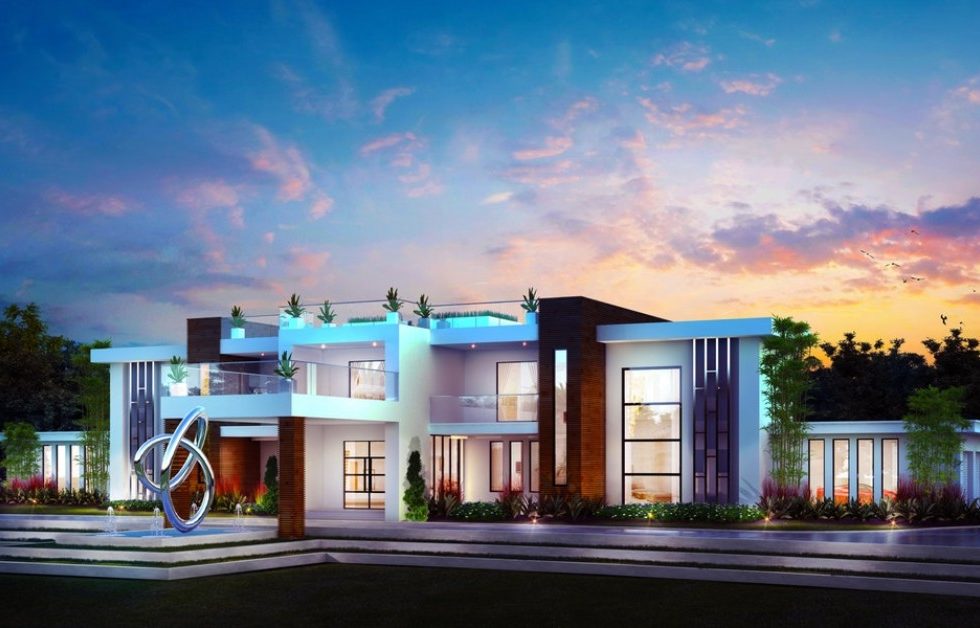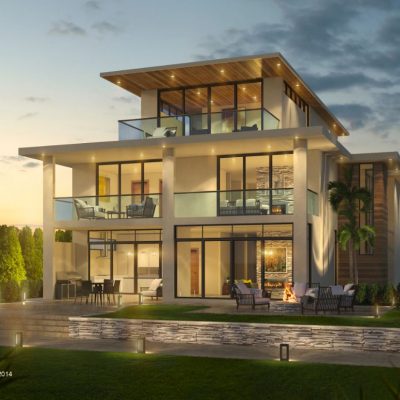
The term contemporary architecture is somewhat nebulous since it doesn’t refer to a specific architectural movement like Classical architectures or Baroque architecture for example. Contemporary architecture refers to the architectural style of the present day.
As a result, contemporary architecture homes encompass a variety of different styles and standards. Perhaps after some time has past and with the benefit of hindsight, certain architecture created today will be seen as examples of a particular movement. For now, they are put under the umbrella term of contemporary architecture.
Regardless of the catchall nature of the term, there are a few commonalities shared amongst contemporary architecture homes. After building luxury contemporary homes for over two decades, the South Florida custom home builders at HART Homes can easily identify these shared features.
Popular contemporary architecture characteristics are the product of the overarching ideology that most contemporary home builders and architects seem to adhere to. This ideology has two defining parts:
- Contemporary architecture should reflect the values of the present and break away from the past. Innovation should be a guiding principle.
- Contemporary architecture should aim to create harmony with the natural environment. Every element will reflect a connection with nature, from building materials to the methods of custom home construction.
After embracing these two major values, contemporary custom built homes will likely have one of two of the following characteristics. Enough contemporary homes share these distinct characteristics that viewers can use them to identify whether a house is an example of contemporary architecture. Here are four of the most popular contemporary architecture characteristics.
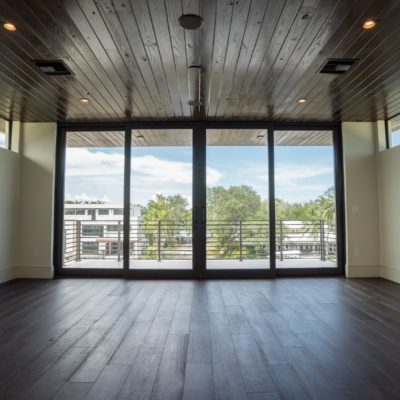 Raw Materials
Raw Materials
The materials used in contemporary architecture are typically raw and natural materials like wood, concrete, metal, and glass. Simple and ordinary materials compared to the fancier and rarer materials like marble favored by more decorative architectural styles. Hard, durable, and even “industrial” materials are left exposed and are often reclaimed or sourced sustainably. Minimalism and simplicity are embraced even down to the building blocks.
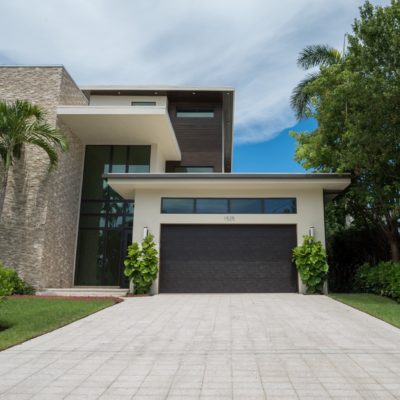 Flat Roof
Flat Roof
In direct opposition to the pitched rooves historically featured on most American houses, contemporary homes are often built with a flat roof. Turning away from the archetypal triangle shape most associated with a home, many flat roofs are extended to include an overhang which acts as a built-in awning. Flat roofs are useful for both indoor and outdoor space.
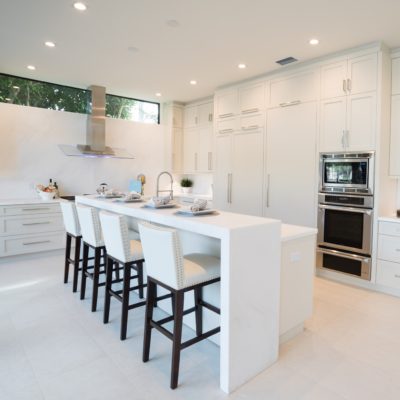 Clean Lines
Clean Lines
One of the most common contemporary architecture characteristics is a rejection of straight and harsh lines in favor of more curved and clean lines. Rounded spaces and slanted walls are commonplace. Displaying echoes of the minimalist movement, contemporary architects are drawn to subtle lines and open living spaces. This is perhaps demonstrated most noticeably in today’s numerous open plan kitchens.
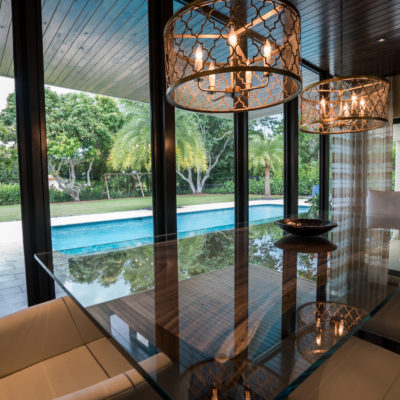 Natural Light
Natural Light
To bring the outside world in, contemporary architecture relies on large windows. These expansive panels of glass, possibly due to modern technological advancements, allow for never-ending views of the outdoors and bring in plenty of natural light. Floor-to-ceiling glass, clerestory windows, and skylights combine to create a feeling of lightness and openness, increasing a home’s connection to the natural environment surrounding it.

